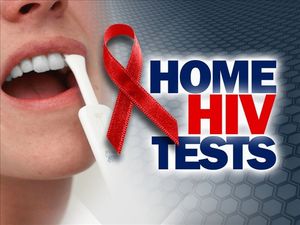Physicians are warning that people in middle age should be vigilant about risky sexual behavior. So far it was assumed that sexually transmitted diseases are largely affecting teens and young adults, but Dr. Colm O’Mahony from Countess of Chester Hospital NHS Trust in the U.K. warned at a conference of the Women’s Health Education and Research Society that STD’s are not reserved for the young population. The rising divorce rate has resulted in a second wave of sexually transmitted diseases in the population over 40.
It is also a fallacy to believe that only men are affected. Women are part of the patient crowd. Often people are asymptomatic, and as a result long-term physical damage can be the result, if disease goes undetected. The most common STD remains chlamydia, but other STD’s like gonorrhea, syphilis, genital warts, herpes and HIV show relentless increases. It is also noteworthy that the newly single middle-age population finds it harder to handle STD’s. They are embarrassed to go to a sexual health clinic, and there is the false belief that they are not the ones at risk.
Targeted screening is the answer, especially if a person is in a new relationship. Preaching chastity has been shown not to work, reported doctors.
What is needed is education that empowers people to build good relationships and self-esteem and to make sensible decisions. Sex education and condoms are not just for teenagers.
More about STD’s: http://nethealthbook.com/infectious-disease/sexually-transmitted-disease/
Reference: The Medical Post, March 14, 2006, page 53
Last edited Oct. 31, 2014
















